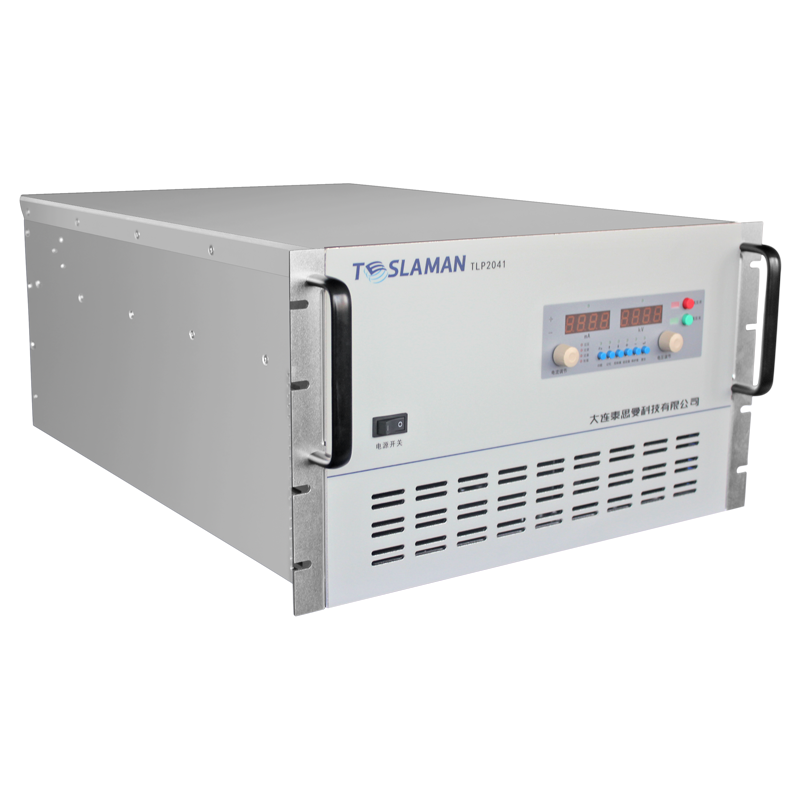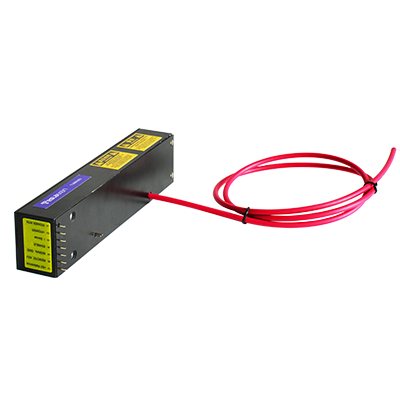Control of Sputtering Depth in Magnetron Sputtering High Voltage Power Supplies
In the fields of material surface modification and thin film preparation, magnetron sputtering technology plays a pivotal role due to its high efficiency and high quality characteristics. During the magnetron sputtering process, the high voltage power supply, as a core component, is crucial for the precise control of sputtering depth, which directly affects the performance of the thin film and product quality.
The basic principle of magnetron sputtering is that in a vacuum environment, a high voltage electric field is used to ionize the gas to generate plasma. Among them, ions are accelerated by the electric field and bombard the target material. The target atoms are sputtered out and deposited on the substrate surface to form a thin film. In this process, the electric field strength and power provided by the high voltage power supply determine the energy and number of ions, thus affecting the sputtering depth.
In terms of electric field strength, a higher electric field strength can enable ions to obtain greater acceleration energy. When these high energy ions bombard the target material, they have a stronger sputtering ability and can sputter out target atoms from deeper layers, thereby increasing the sputtering depth. However, the electric field strength is not the higher the better. Excessively high electric field strength may cause excessive sputtering of the target material, leading to problems such as too fast film growth rate and decreased quality, such as loose film structure and increased internal stress. Therefore, it is necessary to accurately regulate the output electric field strength of the high voltage power supply according to the specific requirements of the target material and the thin film.
The power also has a significant impact on the sputtering depth. When the output power of the high voltage power supply increases, more gas molecules are ionized, generating a large number of ions, which increases the number of ions bombarding the target material. This makes more atoms sputtered from the target material per unit time, and the sputtering depth increases accordingly. However, too high power will also bring a series of negative impacts. For example, the target material heats up severely, which may cause damage to the target material. At the same time, it will also cause the substrate temperature to be too high, affecting the adhesion between the thin film and the substrate and the microstructure of the thin film.
To achieve precise control of the sputtering depth, a variety of technical means have been developed. For example, a feedback control system is used to automatically adjust the output of the high voltage power supply by real time monitoring of parameters such as film thickness or sputtering time. When the detected sputtering depth approaches the expected value, the system automatically reduces the power or electric field strength of the power supply to ensure that the sputtering process reaches the target depth stably and accurately. In addition, pulsed power supply technology has also been gradually widely used. The pulsed high voltage output can effectively reduce target heating and ion damage to the substrate while ensuring the sputtering effect, which is more conducive to accurately controlling the sputtering depth.
In conclusion, the control of sputtering depth in magnetron sputtering high voltage power supplies is a complex and delicate process, involving the optimization of power supply parameters and the application of advanced control technologies. Only by achieving precise regulation of the sputtering depth can the requirements for high quality thin film preparation in different fields be met, and the wide application of magnetron sputtering technology in more cutting edge fields be promoted.




















